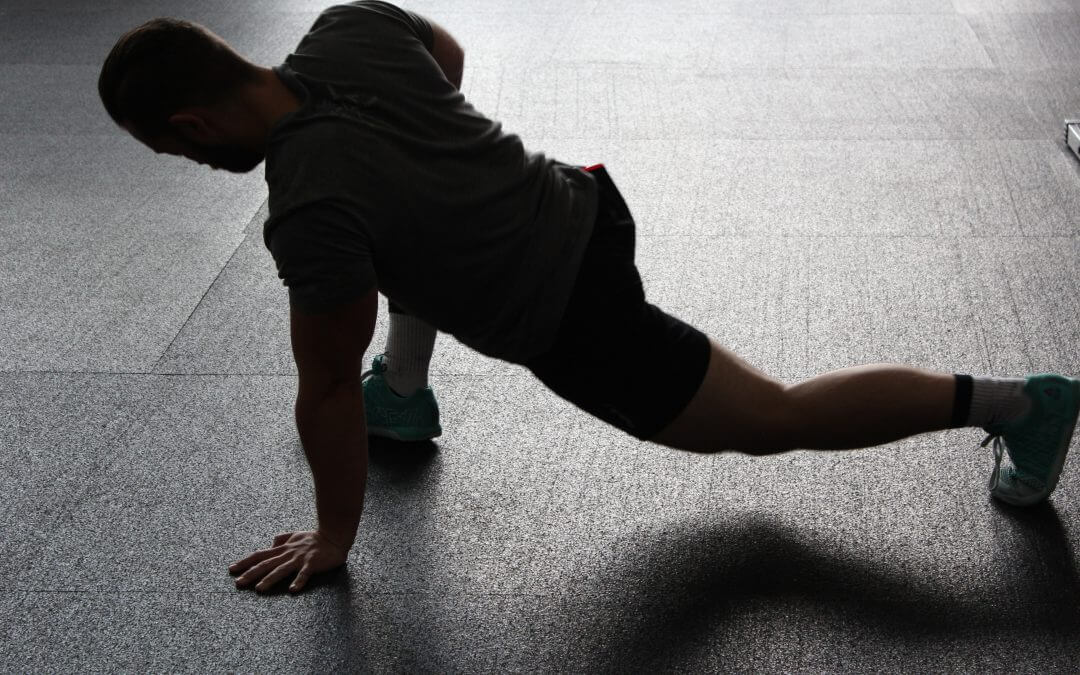In theory, the concept of stretching seems fairly simple. However, it’s something our team is often asked about. So as winter (slowly) turns to spring and many of us aim to begin or restart a fitness routine, we thought this was the perfect time to discuss the importance of stretching. Stretching is not only important for athletes but it’s also important for people whose jobs may have a negative impact on their posture (I.e. sitting at a desk, performing repetitive movements, driving).
How Stretching Works
Before we dive into the details of stretching, let’s start with how stretching works. Simply put, stretching deliberately applies tension to the muscles and tendons in our body. Each muscle consists of smaller fibres and as we stretch we pull on these fibres causing them to tighten. Over time, the repetitive “pulling” on these fibres causes them to stretch and results in an increased range of motion. On the other hand, pulling too much on these fibres to a point of pain or discomfort can result in a muscle strain or pull.
Why Stretch?
Stretching is a way to prepare our bodies for a more strenuous activity. It can also help reduce morning stiffness or other temporary joint stiffness as it sends more oxygen to our muscles. Stretching also assists in improving your range of motion which can help reduce the risk of injury during activities or combat bad posture caused by sitting at a desk or from repetitive movements.
Choosing the Right Type of Stretch
When it comes to stretching, there are two main types of stretches— static and dynamic. Both will stretch a chosen muscle, but their end goals are entirely different.
Static Stretching
This is probably the most recognizable form of stretching. During these stretches you are standing still and typically reaching for or pulling on a certain muscle and holding it for a set time— think gym class as a kid. These types of stretches are best used to increase your range of motion, relieve tension in stiff joints or prevent bad posture.
Some static stretches include:
- Side Bends
- Hamstring stretch (reaching for your toes while seated or standing)
- Arm and shoulder stretch
- Calf stretch
- Groin stretch
Dynamic Stretching
You’d be forgiven if you mistook a dynamic stretch for a warm-up. Why? Because dynamic stretches and warm-ups both fall into the same larger group of active warm-ups. These stretches are designed to prep your muscles for high-tempo activities like running, cycling, hockey, soccer, etc. And in comparison to static stretches, dynamic stretches are designed around movement-based stretches.
Some dynamic stretches include:
- Lunges
- Knee to chest
- High Knees
- Leg Swings
- Arm Swings
When To Stretch
It’s long been said that you should always stretch before and after every exercise session, but that is only partly true. Because of the nature of each type of stretch, there is a good time and a bad time to use each. Dynamic stretches are best suited for before your session. This is because, dynamic stretches are focused on warming up your body, increasing your heart rate and improving blood circulation. As you may have guessed, static stretches are best suited for after your exercise sessions. This is because your muscles and body are most flexible when they are warm. Not only will you lessen the risk of stretching to the point of straining your muscles, but you’ll also get the best results in terms of an increased range of motion.
Stretching Do’s and Don’ts
Now that you know what type of stretch to use and when it’s important you keep this list of stretching do’s and don’ts in the back of your head. They’ll not only make your stretches more beneficial, but they’ll also help prevent injury.
Do’s
- Do stretch before and after exercising. Use dynamic stretches before and static stretches after.
- Do take regular stretch breaks throughout the course of a workday
- Do warm-up before any physical activity
Don’ts
- Don’t “bounce” your stretch
- Don’t stretch muscles to the point of pain
—
Stretching is an important part of maintaining a healthy lifestyle. It’s a great way to ensure your body is prepared for the day ahead, to prevent possible injuries and to reverse bad posture. And while stretching is the best way to rid your body of minor aches and pains, more severe discomfort requires professional attention. Our team of physiotherapists, chiropractors, and massage therapists are trained to provide you with the specific treatments you need. Call us at 519-880-1733 or stop by our Kitchener office to book an appointment and together our team will develop a treatment plan tailored to your needs.

